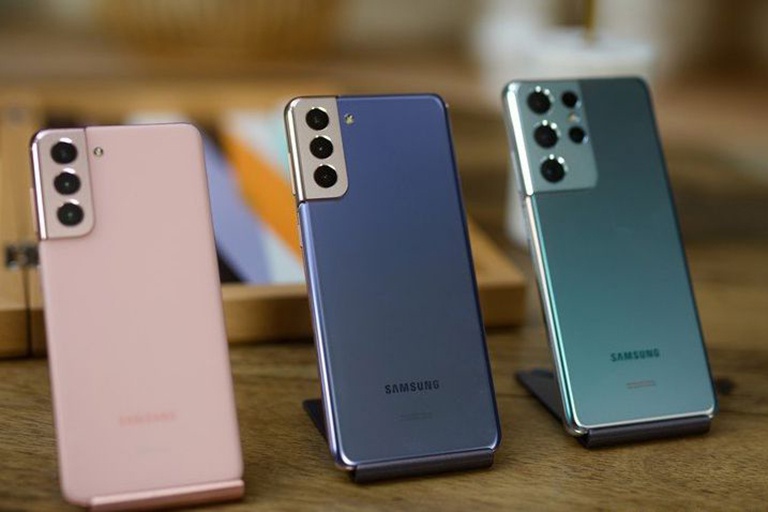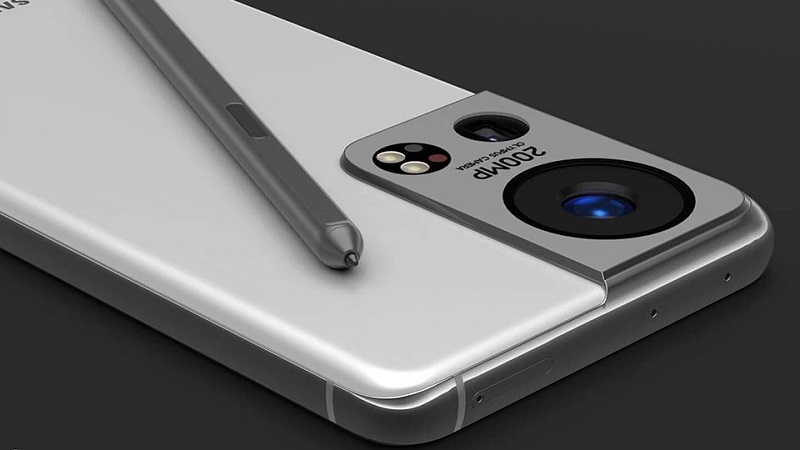Samsung seems to be at a stage where it’s rapidly playing around with its camera systems, quickly changing the formula based on what works and what doesn’t. One of the puzzle pieces that has changed since last year has been its use of a 3D Time-of-Flight sensor or ToF which was present until the Galaxy S20 last year. Since then, however, the tech has been missing and it seems that next year’s Galaxy S22 will miss out on it again, hinting at the end of its use at least for the time being.
 On a technical level, a ToF sensor measures the time it takes light to travel to and bounce back from an object. In practice, it is able to create a more or less 3D representation of what the sensor sees, particularly the depth or distance of objects and surfaces from the camera. This can then be used for things like depth mapping for bokehs, autofocus, or, more commonly, for augmented reality.
On a technical level, a ToF sensor measures the time it takes light to travel to and bounce back from an object. In practice, it is able to create a more or less 3D representation of what the sensor sees, particularly the depth or distance of objects and surfaces from the camera. This can then be used for things like depth mapping for bokehs, autofocus, or, more commonly, for augmented reality.
The latter was one of the reasons why Apple added a 3D ToF to its iPhones, a move that Samsung naturally followed. That said, AR mobile applications haven’t exactly taken off, even with Google’s push of AR stickers and experiments. After criticism of the Galaxy S20’s subpar autofocus performance, Samsung swapped out the 3D ToF for a laser AF system in the Galaxy Note 20 and, it turns out, nobody actually missed it even in the Galaxy S21.
 According to a South Korean media report, Samsung has decided to leave it out again in next year’s Galaxy S22. While consumers might not actually miss out on whatever AR features it would have enabled, it will be Samsung’s LSI business, which makes this 3D ToF for its mobile phones, which could be hard hit by its absence the most.
According to a South Korean media report, Samsung has decided to leave it out again in next year’s Galaxy S22. While consumers might not actually miss out on whatever AR features it would have enabled, it will be Samsung’s LSI business, which makes this 3D ToF for its mobile phones, which could be hard hit by its absence the most.
Not much else has been leaked about the Galaxy S22 so far but, then again, it’s far too early at this point. There are rumors that Samsung will introduce sensor-shift camera stabilization technology for next year’s flagship but there’s still some uncertainty on whether camera maker Olympus will be behind it.














